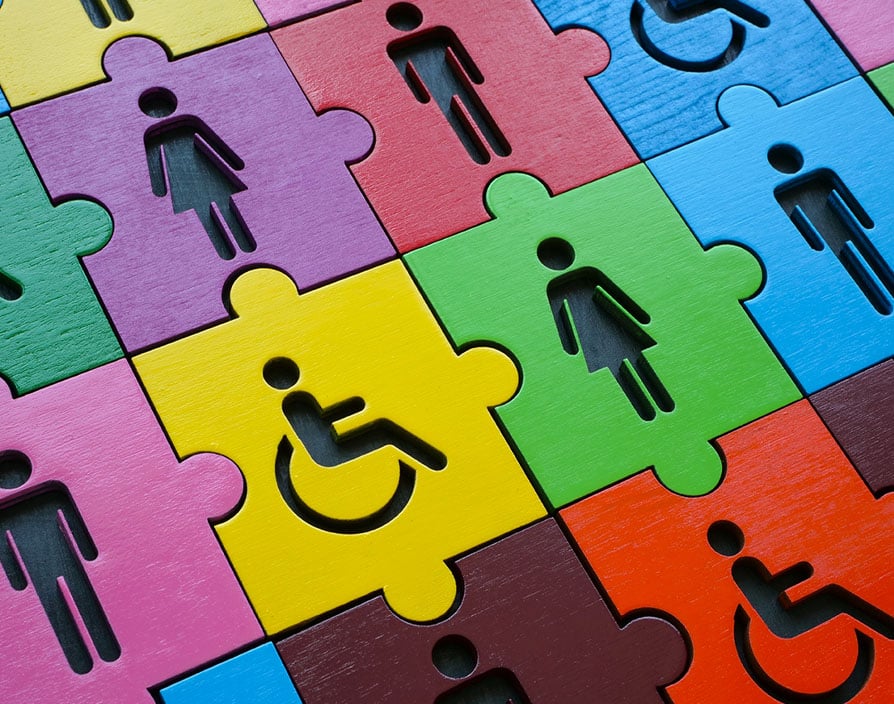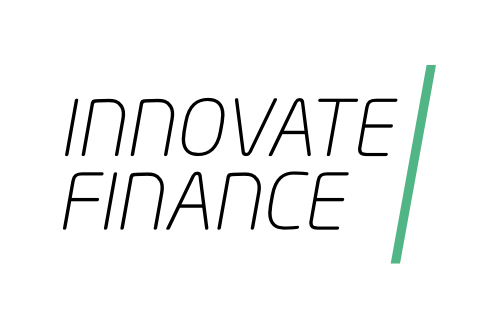As a result, we have witnessed some progress as traditionally marginalised groups have made inroads into various sectors from which they were previously excluded.
Diversity and inclusion state of play
Alongside this evolution, research has consistently confirmed that a diverse and inclusive workplace produces enhanced business results in a range of areas. These include improved organisational involvement, improved decision-making, enhanced creativity, better problem-solving, greater flexibility, higher levels of trust, increased employee satisfaction and enhanced service delivery (Rohwerder, 2017).
So why, with all the knowledge on diversity and movements like ‘Black lives Matter’ and Me Too, is there still so much talk about the lack of diversity and inclusion in the business world. It appears that we are still grappling with some fundamental aspects, like representation and pay equality. The data on gender equity shows that women still earn an average of 82% of what men earn (Corrigan, 2023). The Women at Work Index (2023) indicates it will take more than half a century to close the gender pay gap at the historical rate of progress.
The Ethnic Pay Gap Report notes that there is ‘evidence that race remains a significant determining factor for professional success’ (2021). They also note that minority ethnic groups, both UK-born and non-UK-born people, earn less on average than the white British population. In 2022, after years of attempting to shift the gender equity on Boards, the UK took the decision to simply legislated that women must hold 40% of the board positions of listed companies. There is still a long way to go before diversity, and inclusion are genuinely embedded in organisations and a common feature in the global workplace.
So, what is the key to creating the shift required to achieve the next stage of evolution in the diversity and inclusion space?
Requirements to strengthen workplace diversity and inclusion
Strengthening diversity in the workplace requires that people have the opportunity to effectively cognise the impact of diversity. They need to experience the positive outcomes of a diverse group of people in creating something better, different and unique. Simply presenting the facts about the importance of diversity and inclusion is not enough. Individuals, teams, and organisations must be allowed to experience diversity and inclusion in the workplace. Four key transformations are necessary to shift the dial of diversity and inclusion in the workplace.
A prescribed shift In white male-dominated environments
I realise this will be controversial, and some will argue that this is not the right way. It is also important to note that minority groups do not want to be used as tokenistic pawns in the diversity battle. However, some teams and organisations are simply not going to change without some level of pressure. Unfortunately, as Einstein said ‘We cannot solve our problems with the same thinking we used when we created them.” In some organisations and teams, there is a requirement for CEOs and Boards to become prescriptive around the diversity numbers they require. In these environments this is often the only way to effectively deliver a shift toward a diverse and inclusive workforce.
Transformation of recruitment and development strategies
Recruitment and development strategies must become more agile and creative to embrace diversity and inclusion in their processes. Research has shown that traditional recruitment practices, such as interviews, favour narcissists and people happy to talk about themselves (Lipman, 2014). This is a challenge for many minority groups, who are often less confident in selling themselves and can find interview situations challenging. To shift the dial on diversity in the workplace, recruiters must find new and creative ways to get the best out of those people from diverse backgrounds.
Additionally, organisations must ensure that their strategies for developing talent are unbiased and provide the same opportunities for minority groups. It is essential to leverage structured competency-based development strategies grounded in diversity and inclusion principles.
Changing the mindsets of the dominant cultures and gender groups
Strengthening diversity in the workplace requires much more than just tokenism and being seen to do the right thing. If we are going to impact diversity issues, we must bring about a significant shift in people’s mindsets and their attitudes. Previous strategies have focused on behavioural change however to make a true change in this we need to tackle mindsets and attitudes and get to the route of the issue. The internal mental processing of individuals is the starting point of all unconscious bias and discrimination. So if we want to bring about sustainable change in discrimination, bullying and harassment in the workplace, we must support people in rewiring their brains. Organisations will need to start holding people to account for their unconscious bias and require that they shift their attitudes. It is no longer acceptable to shrug our shoulders and make excuses for unacceptable attitudes that result from unconscious bias. To fully embrace diversity in teams and organisations, everyone must be held accountable for shifting their mindset not just their behaviour. Whithout this shift we may see a change in the open degration of individuals but will continue to see the more subversive behaviour including micro agressions.
Shift in the thinking and behaviours of leaders
Leaders are critical in delivering a shift in organisational culture that truly embraces diversity and inclusion. If we want to shift the dial on these issues, the change must happen at the highest levels of leadership. It needs to commence with a shift in leadership mindset and thinking. Actual change occurs when leaders understand their own unconscious bias and actively seek to shift their thinking and their attitude. It is no longer enough for leaders to be emotionally intelligent and do the right things on the surface. They need to change their mindsets and thinking, to bring about sustainable change in behaviour (Epstein 2014). Shifting leadership mindsets will ensure they change their behaviours and lead a positive organisational culture that embraces diversity and transforms engagement levels (Folan, 2021). We live in exceptional times, and leaders must step up and make the necessary changes to deliver a sustainable shift in the team and organisational culture. The biggest challenge for leaders is being brave enough to face their unconscious biases and then being disciplined in shifting their thinking and mindset.
Once diversity is fully embraced in organisations across the globe, we will see the true capacity of groups of individuals to create innovative solutions, deliver enhanced decisions making and improve business outcomes. In the interim, there are a number of organisations globally that are leading the way and doing great work in this space. These businesses demonstrate the positive results of a diverse workforce through improved employee satisfaction, higher retention levels and enhanced service delivery. In a workplace filled with challenges and constantly changing requirements, organisations must take definitive action to address diversity and inclusion.
Share via:










































